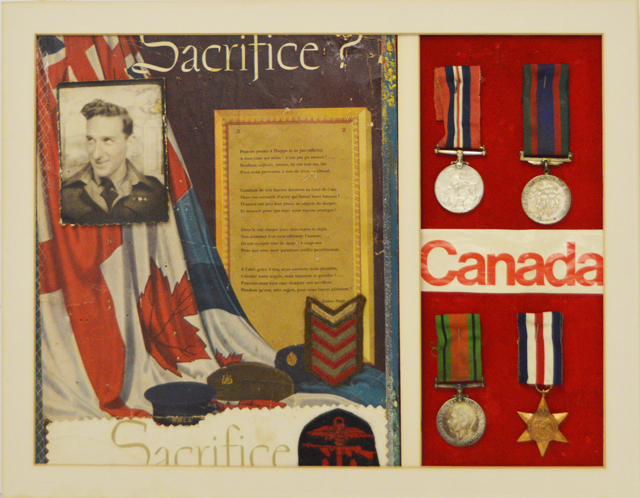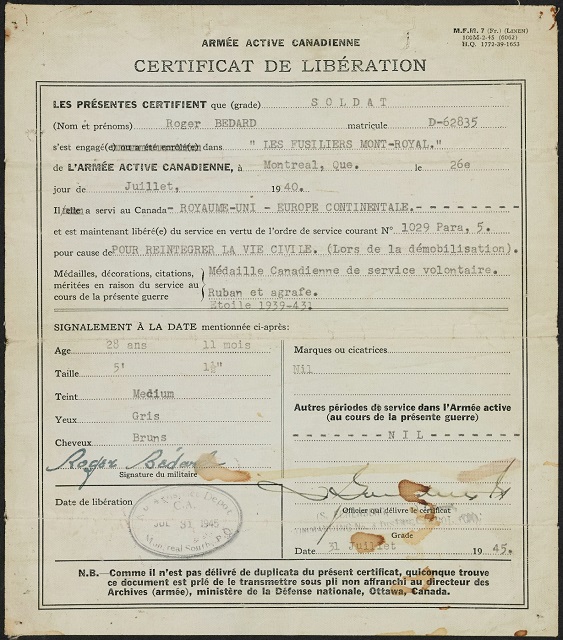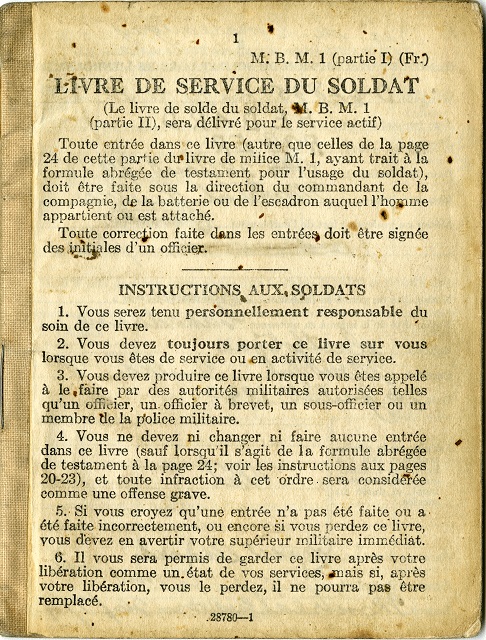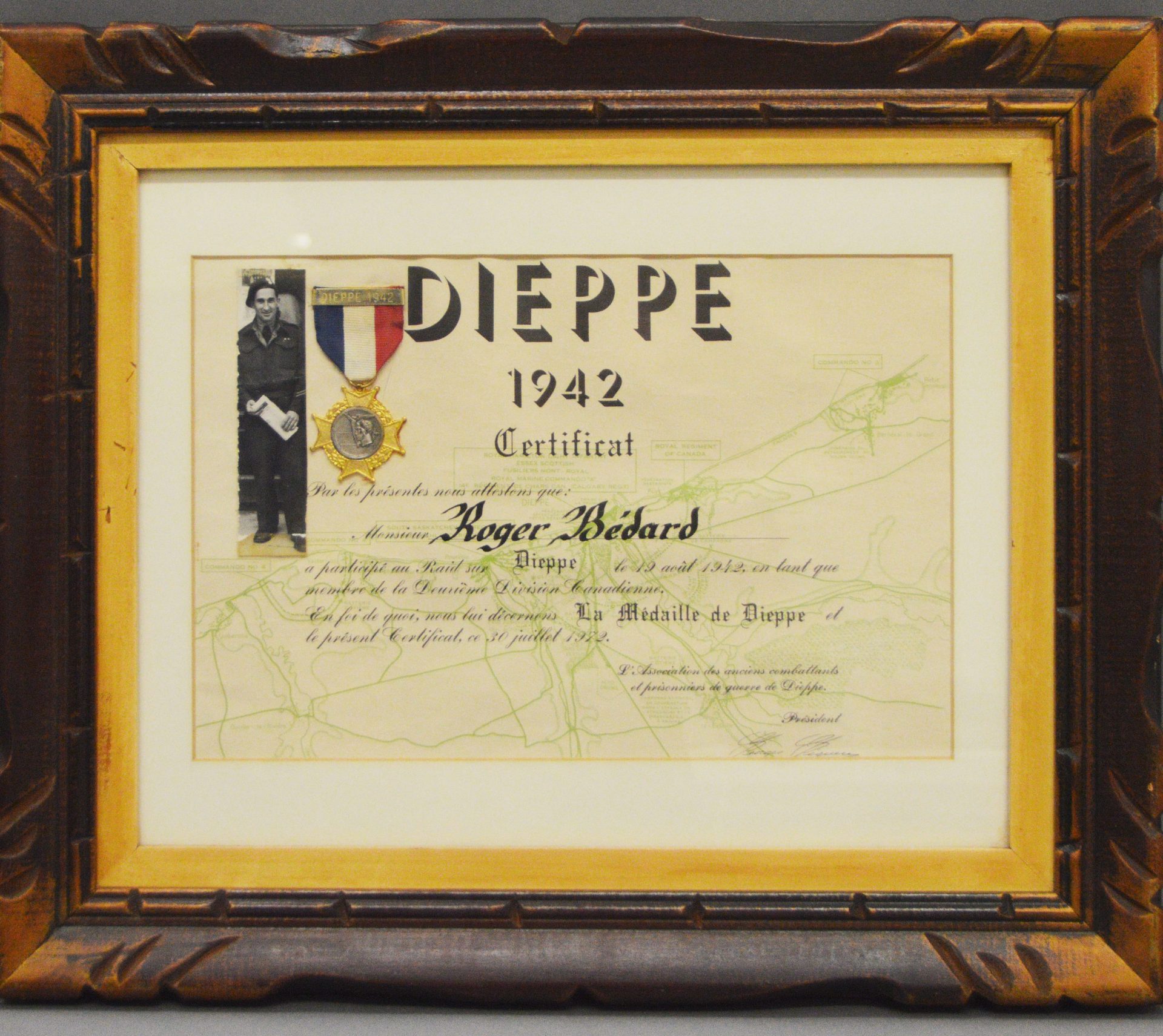Roger Bédard was one of many Canadian soldiers in service to witness the atrocities of the Second World War. Born in Canada in 1914, he enlisted in the army on July 26, 1940. In August 1942, he was imprisoned in Stalag 344 (formerly Stalag 8B), following the Dieppe Raid. He received his certificate of release on July 30, 1945, allowing him to return to civilian life.
The Dieppe Raid
Roger Bédard enlisted voluntarily in the Canadian Army on July 26, 1940. He completed his initial training in Great Britain with the Châteauguay Militia’s machine-gun unit. He then took part in commando training and joined the Fusiliers Mont-Royal (FMR) unit. This training on Wright Island was specially designed to prepare for an amphibious attack, the Raid on Dieppe (Operation Jubilee) on August 19, 1942.
The raid on the French port of Dieppe was a preparatory stage for Operation Overlord, helping to gauge the training and equipment required to breach the Atlantic Wall, a German defensive system. Approximately 5,000 of the 6,100 men deployed were Canadians. The operation’s objective was to land a large amphibious force on the beaches of Dieppe, temporarily seize the town and destroy the German installations. However, Allied soldiers encountered a fierce defense from Nazis throughout the whole operation. The men, completely blocked on the beaches by machine-gun fire, had no room to maneuver.
Prisoner-of-War (POW) Camps
Along with the rest of the FMRs, Roger Bédard was part of the second assault wave sent to the beach. Like the first, the second wave was severely damaged by the Nazi army. Without ammunition and immobilized on the beach, 1,874 Canadians, including Roger Bédard, were captured by the Nazis. Transported on cattle cars to camps in Germany and Poland, Bédard was taken to Stalag 344, where conditions were terrible. Roger Bédard (prisoner number 25325) is believed to be one of the Canadians whose wrists were shackled for 14 months. In April 1944, Bédard was transferred to Stalag 2D. As the Soviet Army advanced in 1945, the Nazis began evacuating prisoners of war from POW camps. Roger was transferred to Dachau until the concentration camp’s liberation by the American soldiers at the end of April 1945. He returned to Great Britain a few days later and then to Canada on July 31, 1945.
Agnès Bédard, daughter of Roger Bédard, donated this certificate to the Montreal Holocaust Museum in 2020.
This project is part of a grant from the Claims Conference.









